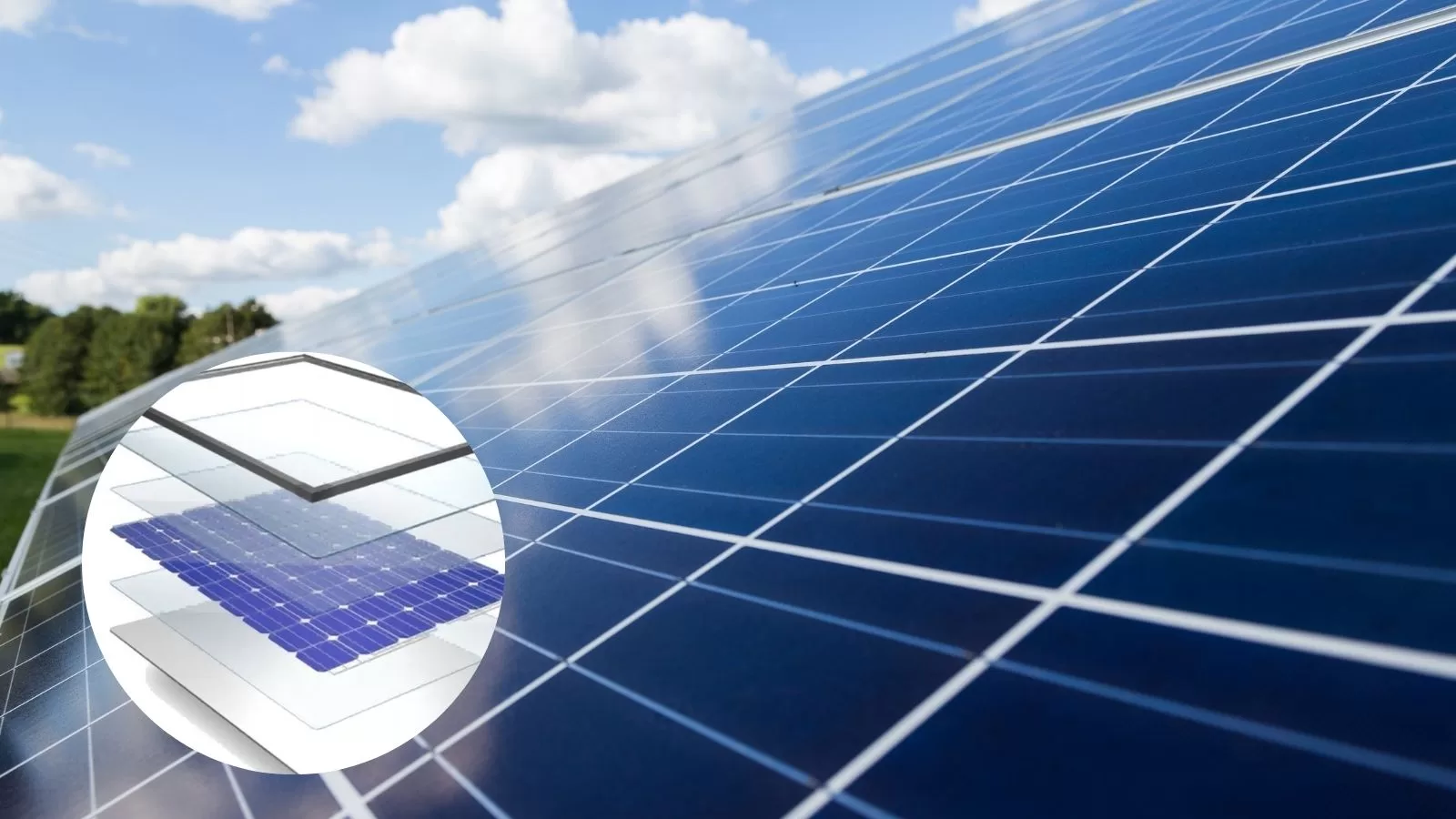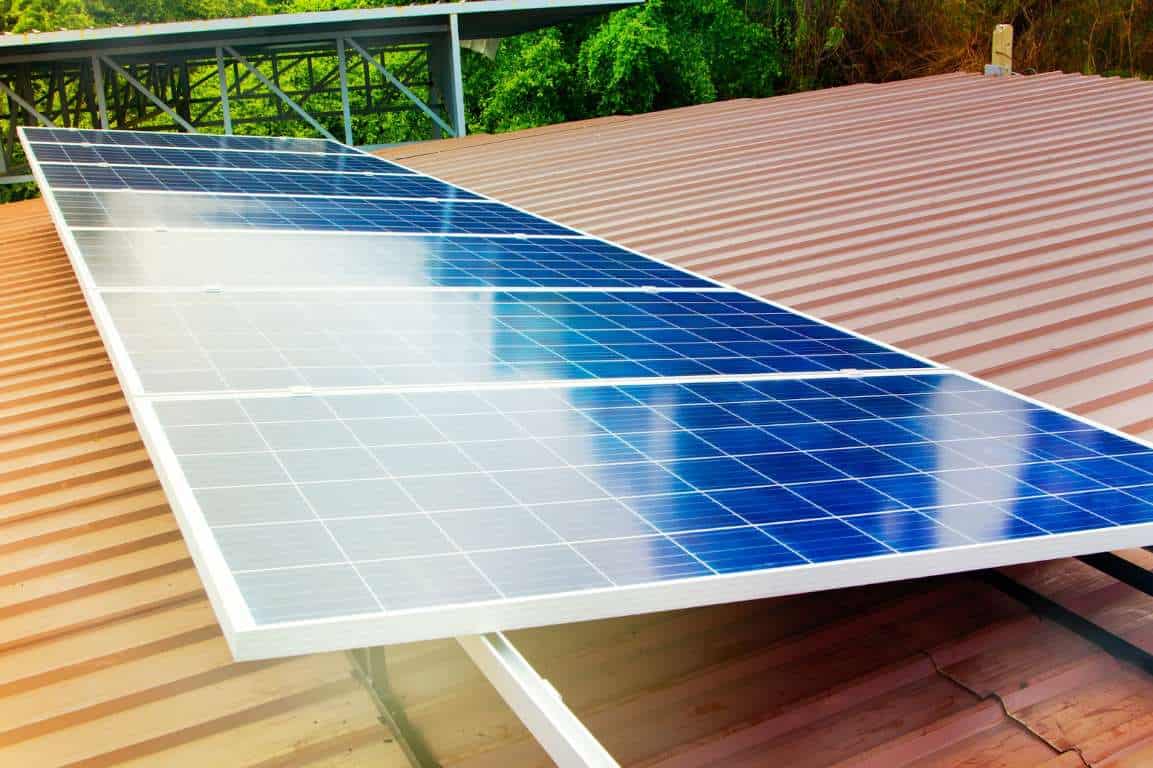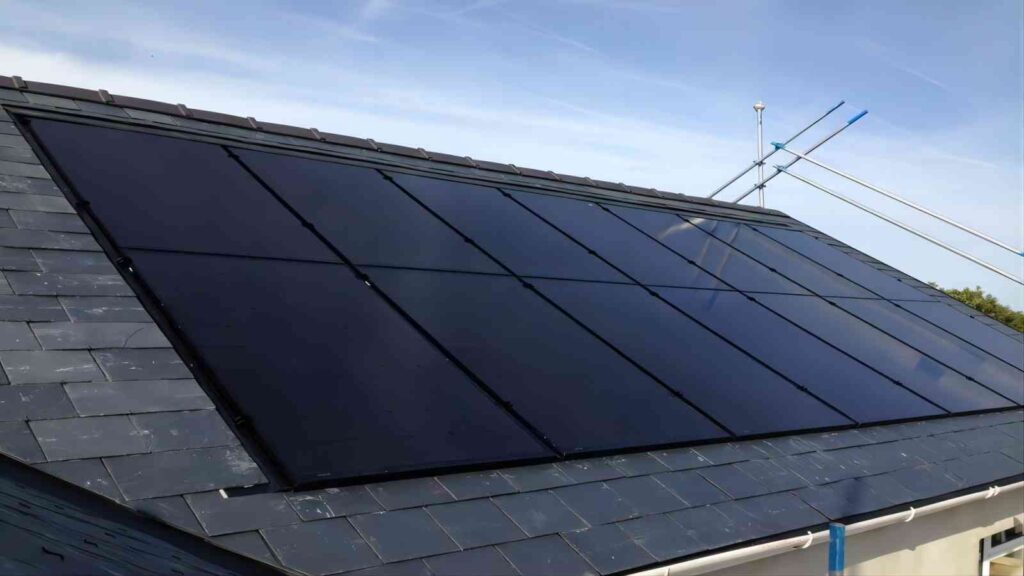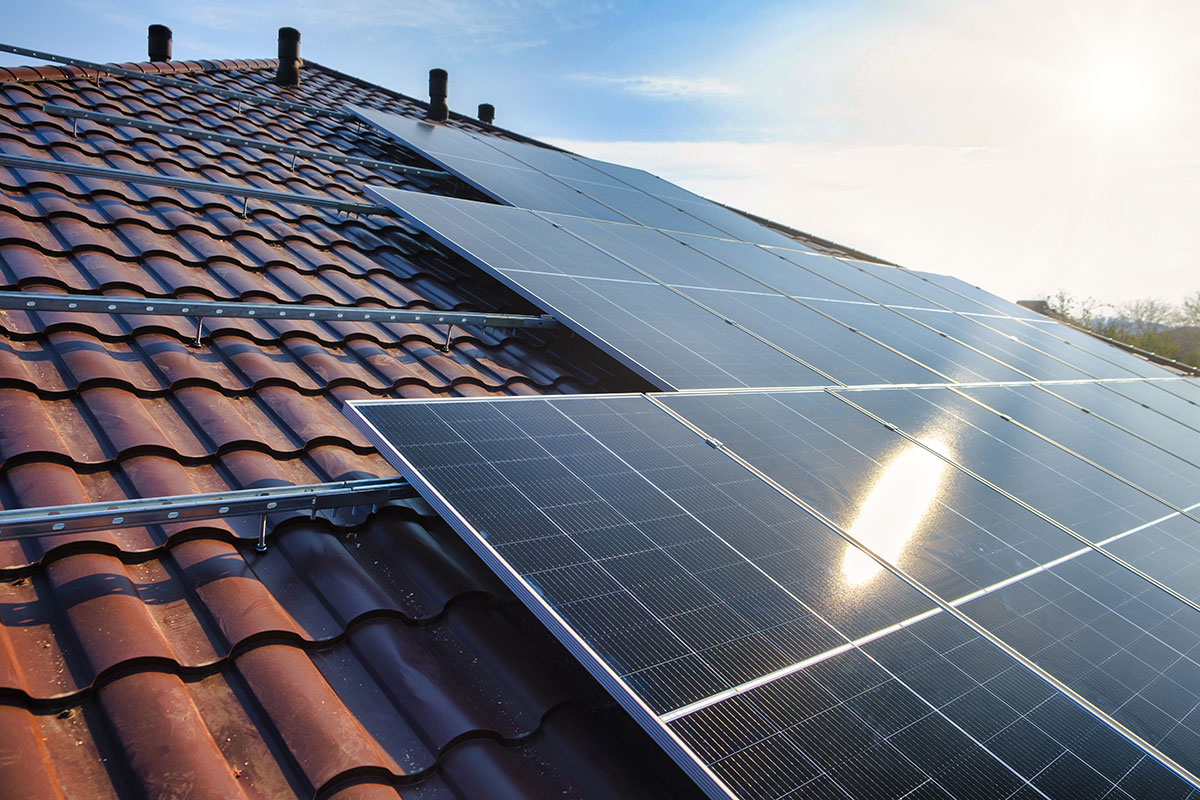Mono-silicon solar panel systems remain some of the most effective options employed in energy conversion today. They boast advantages over many other types of solar panels since they require less space, are relatively efficient, and promise a far longer life expectancy.
But to understand, in depth, how these panels can optimize energy conversion, a look into the science of photovoltaic cells, their interface with the worlds of AC and DC systems, and quantifying performance using specific examples that are grounded in numbers, will need to be done.
What are Mono Silicon Panels?
Mono silicon panels are made from a single, purer crystal of silicon, which instantly gives them distinct advantages concerning energy conversion. The purity of the silicon grants electrons more freedom of movement, thus translating into higher efficiency rates.
On average, monocrystalline panels boast efficiency rates at around 18% to 22%, making it one of the most efficient options in converting sunlight into usable electricity.
To put it into perspective, taking this with a 350W monocrystalline panel, which is installed in an area with 5 peak sunlight hours each day, would roughly produce 1.75 kWh of electricity every day. This translates into approximately 637.5 kWh yearly per panel.
Scale that to a 10-panel installation, and you get 6,375 kWh annually—fairly enough to cover quite a bit of an average home's electricity needs.
By contrast, polycrystalline panels, which are prepared from a number of silicon crystals, will be less efficient: their efficiency rates range between 15% and 17%, meaning they would generate less electricity under the same conditions.
For example, a 350W polycrystalline panel would produce just 1.5 to 1.6 kWh per day, or approximately 547.5 to 584 kWh annually. This makes monocrystalline panels highly suitable for energy-output maximization, especially in space-restricted installations.
How They Work
Mono silicon panels work by employing photovoltaic cells, semiconductors that act to convert sunlight into DC electricity. A single panel contains a total of 60 to 72 cells, depending on the size and wattage capacity of that particular panel.
For example, a standard 60-cell panel might produce anything between 300W to 350W under ideal conditions, while its 72-cell counterpart could go ahead to yield between 350W and 400W.
In turn, when sunlight reaches the silicon cells, electrons work their way free, move along, and create an electric current. It is called the photovoltaic effect, and it generates DC.
Most houses and electrical grids operate on AC, however, which means the DC the solar panels provide should be converted to AC by the inverter.
Modern inverter systems are very efficient and range between 95% and 98%. So if your mono silicon panels generate, say, 5,000 watts of DC power, then an inverter with 95% efficiency will convert this into approximately 4,750 watts of AC power.
This minimal loss of energy is worth the small price paid for general system efficiency, but it is something that you need to remember when doing your calculations for designing a solar energy system.

Efficiency Benefits
One of the strongest selling points for monocrystalline panels has to be the high efficiency per square meter. This factor has made the panels quite popular for both residential and commercial installations where space comes at a real premium.
As an example, if you have a monocrystalline panel rated with an efficiency of 20%, such a panel will provide 200 watts per square meter. If you installed a 5kW system using these kinds of panels, you would require approximately 25 square meters of roof space.
While a polycrystalline system, at 17% efficiency, would require approximately 29.4 square meters to achieve a similar power output of 5kW. This means that space would increase by about 17.6%, which can be considerable, especially in cities where roof space is highly limited.
The higher efficiency of mono silicon panels in generating more electricity in less space can equate to bigger overall energy savings.
In practical terms, assume that you install an average size 6kW system with monocrystalline panels on your roof. For an area getting 5 peak sun hours per day, that system can produce around 30 kWh per day, or approximately 10,950 kWh annually.
In perspective, the average U.S. household consumes approximately 10,632 kWh of electricity annually, meaning your system could offset, on paper, all of your electricity needs.
Cost vs. Output
While being more efficient, monocrystalline panels are indeed costlier. On average, they are 20-30% more expensive compared to polycrystalline panels.
However, the increased upfront cost gets offset by the increased energy output and quick payback periods. As mentioned, a 6kW system may cost approximately $12,000 after federal tax credits, while a polycrystalline one would run for $10,000.
The mono silicon system, however, is about 10-15% more efficient in its lifetime production of electricity. Suppose you live in a state with some of the highest electricity rates, like $0.15/kWh.
That would mean your 6kW monocrystalline system, cranking out 10,950 kWh/year, would save you approximately $1,642.50 per year. In that case, the payback period could be as short as 7-8 years; after that, all of the energy produced is virtually free.
Besides this, monocrystalline panels usually have longer warranties—most manufacturing companies provide 25- to 30-year performance warranties—meaning that they will still be producing at least 80-85% of their original output at the end of 25 years. Their long-term reliability adds more credence to their cost-effectiveness.
Ideal Installation Spots
This makes monocrystalline panels adaptable to different kinds of weather conditions. Even though they perform very well where the sun is strong and steady, they do better in low-light conditions compared to other panel types.
Thus, they are good for areas that mostly experience cloudy weather or have shorter daylight hours.
Concretely, for instance, when Seattle has its usual overcast weather, averaging 3.8 hours of sun daily, this would mean that at the rated efficiency, a monocrystalline panel will be able to function at about 75-80%.
Contrariwise, with polycrystalline panels, only 65-70% may be the rated efficiency working in the same area or for the same period under identical conditions, thus meaning lesser energy output.
Also, the temperature coefficient in the case of the monocrystalline panel is higher than that of polycrystalline panels. This indicates that they experience less performance degradation in high temperatures.
For example, with the temperature going 10°C above 25°C—a standard test condition—a monocrystalline panel might lose 4-5% of its efficiency, while a polycrystalline panel might lose 5-6%. This makes monocrystalline panels a better choice in hot climates, such as Arizona or California.
Pros and Cons
While efficient and high-performance, there are a few drawbacks to monocrystalline panels: the cost and inhibitive factor for most homeowners who install them. As solar technology is continuously evolving and manufacturing costs go down, the price difference between mono and poly panels is getting smaller.
Another important aspect is the temperature coefficient. Though monocrystalline panels tend to perform better at high temperatures than their polycrystalline counterparts, there is some loss in efficiency due to temperature variation.
As such, if a particular location is really hot—for example, temperatures are normally above 40°C—the efficiency of a monocrystalline panel will degrade by 6-7%. In such cases, other cooling mechanisms like air gaps between the panels and roof, or even mounting the panels on tracking systems, could be highly useful.
Future of Solar Energy
Mono silicon panels have a very bright future ahead, with ongoing research striving to further increase their efficiency and lower the costs. Very recently, innovations in PERC technology are propelling efficiency over 24% in the laboratory. These will find their way into commercial products in coming years, raising energy output further per panel.
Besides, there is another promising development of bifacial mono silicon panels able to capture sunlight from both sides. These panels can increase energy production by 10-30%, depending on the installation environment.
In cases where the panels are mounted on reflective surfaces such as white roofs or gravel, the amount of electricity produced by the bifacial panels could notably be higher than that produced by traditional mono silicon panels.
In other words, mono silicon panels will continue to evolve in aspects of efficiency, affordability, and the ability to operate under different climatic conditions and installation requirements. This secures their leading position in the transition of the whole world towards renewable sources of energy.



